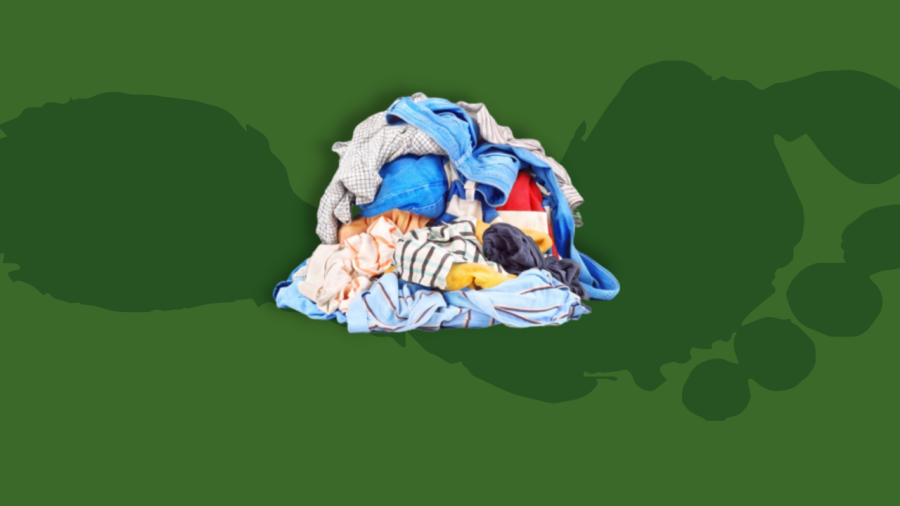Fast-Fashion: The Impacts of Our Production
As a direct result of the COVID-19 pandemic, there has been a surge in online shopping in developed countries around the globe. Fast fashion, one of the most common forms of online shopping, has experienced a big boom in sales as high school and college-level students buy thousands of dollars of clothing per season. Shein, now one of the most visited fashion and apparel stores online, broke sales records in 2020 of $10 billion, and adds over 500 new items to its store every day. It’s evident that online shopping is slowly but surely replacing in-person commerce, but is this change in society a positive one? Or will it negatively impact us in the future?
Many students argue that this surge in fast fashion is a good thing. “As a student that doesn’t have a high-paying job, it makes it easier to get a lot of clothes for less money,” says Junior Pyper Heins. “There’s a wide selection of clothes that makes it easier to keep up with trends.”
Despite the pros that Shein and other fast fashion companies bring, the long-term effects of overconsuming e-commerce might lean towards a negative outcome for our society as well as the state of our planet. According to SustainYourStyle, a blog about fashion’s environmental impact, the fashion industry is the second-largest polluter in the world. In the majority of textile factories, “untreated toxic wastewaters…are dumped directly into the rivers.”
Although most consumers would prefer to spend $4.99 on a t-shirt rather than $25.99, the low prices of these fashion items means that much of the apparel is made from synthetic fabrics like polyester and nylon. Some consumers might not be concerned with this if they are only purchasing two or three items. However, those who purchase hundreds of dollars worth of clothing per year from these companies are contributing to the globe’s overconsumption of clothing. This means it is likely that the clothing purchased from these companies will spend more time in landfills than they ever will in someone’s wardrobe. This is what makes fast fashion a major issue.
Furthermore, in developing economies, fast fashion poses societal and economic issues like unsafe working conditions and low pay. According to the 2018 US Department of Labor report, fashion industries in countries such as Argentina, Bangladesh, and Turkey even use forced child labor to manufacture goods at a faster, cheaper rate. Huang Yan, a professor at the South China University of Technology in Guangzhou whose research focuses on labor conditions in China, says that the workshops where Shein clothes are produced are, “… a step backward in terms of the protection of workers’ rights in China,” and that, “the interests of workers are more likely to be ignored.”
When made aware of this information, many are confused as to the alternatives. It is understandable that not everyone is capable of buying all their clothes from fully sustainable companies, especially considering many of the products from said companies are on the more expensive side. Thrift stores and consignment shops are more affordable when it comes down to less essential items.
Thrift shops and consignment shops, however, have their limits too. There are plenty of brands we purchase that could do better when it comes to being environmentally considerate. However, we as consumers can do better by thinking about where we are buying from and what the other options are for us. If you are thinking about the eco-friendly alternatives to your favorite brands, check out this link for more ethical dupes for your favorite brands: https://goodonyou.eco/sustainable-fashion-for-teens/.
Buying fast fashion items here and there is not inherently bad, especially when you need something in a pinch or are searching for something specific. However, when it comes down to shopping for next season’s wardrobe or the next time you decide to splurge, take the time to think about the steps you can take to reduce your ecological footprint and make the world a safer and cleaner place.












